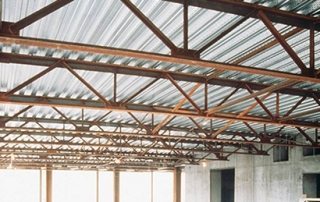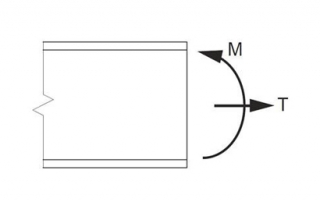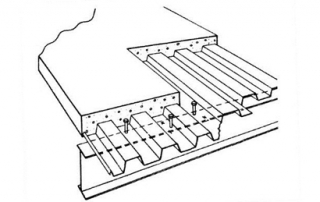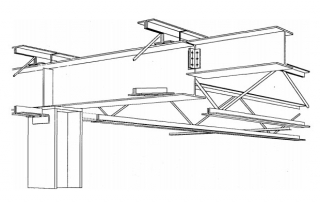Advantages of Composite Truss Construction
A composite truss consists of a steel truss fabricated from rolled sections, such as HSS, angles and WT, and a concrete slab atop the steel truss. Composite action between steel and concrete is achieved through the addition of headed shear stud connectors. The shear studs are field-welded through the sheet steel deck to the steel top [...]




